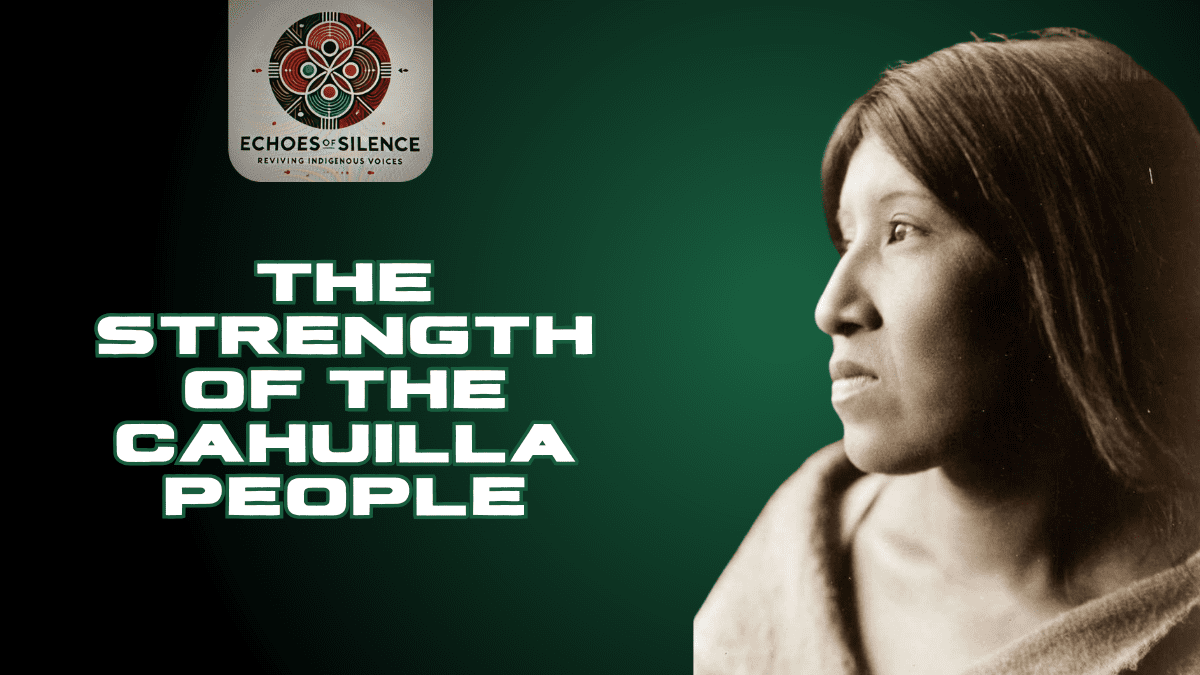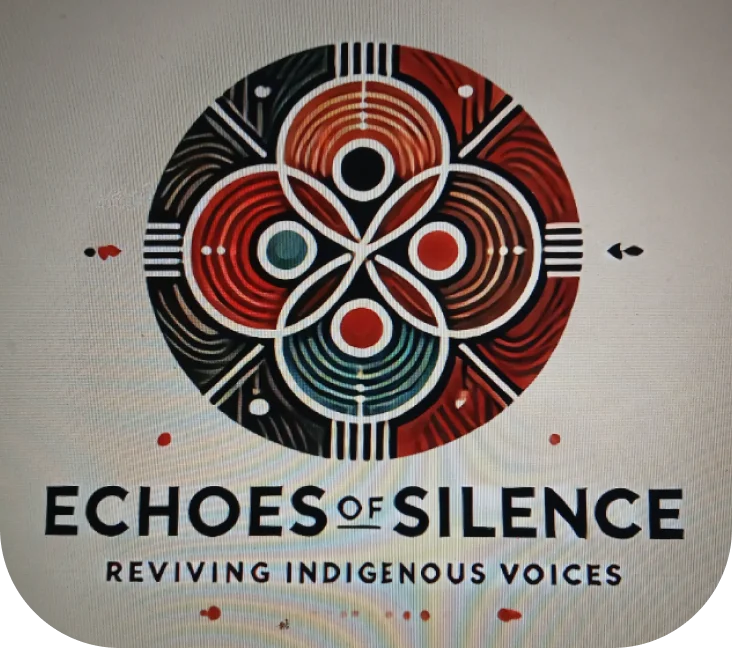Echoes of Silence: The Strength of the Cahuilla People

They survived—quietly when no one was looking.
Ever scroll past headlines about Native communities and feel like something important is missing? You’re not wrong. The Cahuilla people have been here for thousands of years, but their story hasn’t been told nearly enough.
Let’s change that.
The woman in that 1924 photo? She wasn’t just posing. She was holding on to generations of knowledge, strength, and culture. Her stare isn’t just a look—it’s a message we need right now.
Who Are the Cahuilla?
The Cahuilla weren’t just living in Southern California—they were thriving there long before anyone else arrived. For over 2,500 years, they called home the:
- San Bernardino Mountains
- Coachella Valley
- Colorado Desert
- San Jacinto Mountains
What set them apart? A lot.
They knew how to survive—and do well—in one of the toughest landscapes out there. Long before engineers, they figured out how to move and save water in dry, unforgiving places.
Their communities were built around shared knowledge and teamwork. Every group had its own specialty, and they made it work with what they had. When they moved with the seasons, they adapted right along with nature.
The Culture That Carried Them
Take a moment.
The Cahuilla didn’t just get by. They created, protected, and passed down:
- Baskets with stories woven into every pattern
- A language full of sounds made for desert life
- Smart ways to farm in dry climates
- Stories told from memory that kept history alive
Their baskets weren’t just pretty—they held meaning. Some even held water. And their songs? They weren’t just for fun. They told people where they were, what happened, and where they came from.
What Happened Next
Then everything changed—fast.
The Cahuilla population dropped hard, from about 10,000 in the 1700s to less than 2,500 by the early 1900s. Why?
- New diseases brought by outsiders
- Land taken away
- Traditions banned
- Kids taken from their homes and put in boarding schools
- Their language was punished instead of protected
That 1924 photo shows someone stuck between two worlds—trying to hold on to one while being forced into another.
What It Means Today
The Cahuilla story isn’t just something from the past. It connects directly to a crisis happening right now: MMIWG2S.
Native women face violence way more than other women in the U.S.
Type of Violence Native Women National Average Murder 10× higher – Sexual Violence 2× higher – Domestic Abuse 3× higher – Missing Person Reports 5,712 (2016) 116 logged by DOJ
Why? Jurisdictional confusion. Bad record-keeping. Hardly any media attention.
And honestly? When people’s histories are erased, the world forgets to see their struggles today too.
When Data Fails
We can’t fix what we don’t track. Here’s why it’s hard to even understand the full picture:
- No clear rules between tribal, state, and federal authorities
- Native people often labeled incorrectly in reports
- Not enough funding or staff to investigate
- Missing cases slip through the cracks
Too many women vanish—first in real life, then from the system.
The Cahuilla Are Still Here
They didn’t disappear. They’re still here. And they’re holding on to everything that matters.
Today, there are:
- Nine recognized Cahuilla tribes
- Cultural centers keeping traditions alive
- Language classes and revitalization programs
- Baskets still being made by hand
- Young people stepping up to heal and fight for justice
The Agua Caliente Cultural Museum in Palm Springs helps tell these stories. The same language that elders were once punished for is now being taught to kids again.
Why It Matters
When Native voices are missing, here’s what we lose:
- Smart ways to care for the planet
- Stories that could help fight injustice
- Models for living more sustainably
- A chance to learn from people who were here first
It’s not just sad—it’s dangerous.
What You Can Actually Do
Knowing isn’t enough. Doing something is what counts.
Here’s where to start:
- Support Native Women’s Wilderness or the Coalition to Stop Violence Against Native Women
- Find out whose land you’re on
- Share Indigenous creators and authors
- Demand better data collection systems
- Call out media gaps in MMIWG2S coverage
One person might not fix everything—but many people doing small things can change a lot.
Tech That Helps, Not Hurts
The Reviving Indigenous Voices (RIV) app was made to help protect these stories. It’s the first of its kind to keep track of Native histories, languages, and missing person alerts—all in one place.
It offers:
- A way to save cultural info securely
- Alerts when someone from the community goes missing
- Tools to help kids learn their language
- A way to stay connected, even if miles apart
This app doesn’t replace tradition. But it helps keep it safe.
What the Cahuilla Teach Us
Even with everything stacked against them, the Cahuilla never gave up on being who they are.
They remind us that:
- Strength isn’t forgetting—it’s remembering and surviving
- Culture stays alive when we keep using it
- You don’t have to choose between changing and keeping your roots
- No one makes it alone—it takes community
That photo from 1924? It still matters. It connects us to people fighting today for justice and recognition.
Let’s Not Stay Quiet
Indigenous histories didn’t fade by accident. They were pushed aside.
So bringing them back takes effort. And heart.
That woman from 1924 wasn’t asking for pity. She was making sure we see her. Her family today? They’re not asking for handouts. They’re asking for what’s fair.
We can’t undo what’s been done. But we can choose what we do next.
Visit EchoesOfSilence.Life and check out the RIV app to help keep Indigenous voices heard.
Because silence never saved anyone. But breaking it just might.
